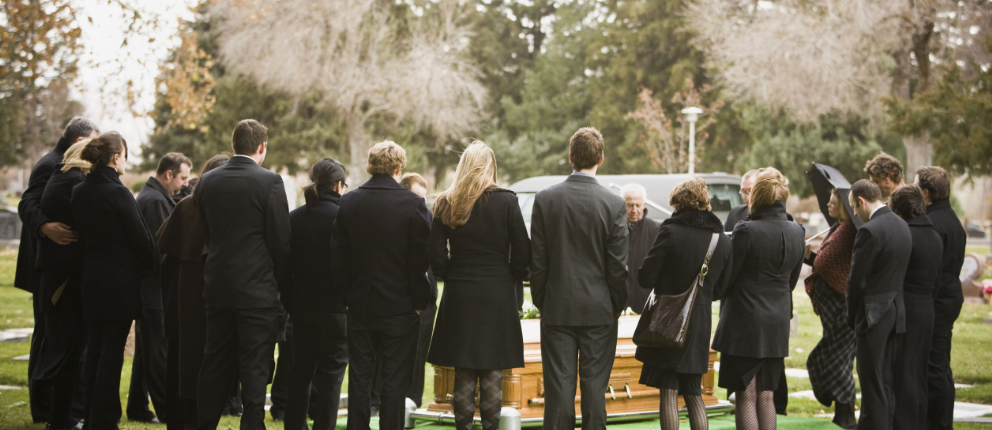Singapore has many people who follow different beliefs. Some people follow Taoism. When someone who follows Taoism dies, the family wants to do the right thing. But they may wonder: Is there one way to do a Taoist funeral?
The answer is no. Families in a Taoist Funeral Singapore follow many ways. These ways come from their family, their dialect group, and what they believe. Even if no two funerals look the same, most follow a few important steps.
Let’s explore how Taoist funerals work in Singapore and why they matter.
What Does Taoism Mean in Singapore?
Taoism came to Singapore a long time ago. People from China brought it here. They prayed to gods, respected their ancestors, and followed the flow of nature.
In Singapore, Taoism lives in many homes. People speak different dialects like Hokkien, Teochew, Cantonese, and Hakka. Each group follows its own way. Taoist beliefs do not come from one big book. They come from stories, old habits, and temple practices.
That means a Taoist funeral may look different from one family to another. Still, they all want to send love and peace to the person who has died.
Key Purposes of a Taoist Funeral:
- Honour the departed.
- Support the spirit’s journey.
- Protect the living from unsettled energies.
- Restore cosmic balance after a death.
Is There Just One Way?
No, Every Family Chooses Their Way
No rulebook tells families how to do a Taoist funeral. People do what feels right for them. Still, most Taoist funerals share some actions. These include prayers, offerings, and music.
Why are funerals different?
- Families speak different dialects.
- They follow old habits passed down by elders.
- They have different beliefs about death and spirits.
- Some want to keep things simple.
- Others want to follow every step closely.
Even with all these choices, the goal stays the same: to show love and help the soul move on.
Steps Most Taoist Funerals Follow
Most Taoist funerals have these parts:
1. Calling the Soul
- The family stands near the altar and asks the spirit to come back home. They light incense and bow. A priest may sing special words to guide the soul.
2. Prayers and Singing
- Priests chant loudly. Their words help the soul find peace. They may chant for a few hours or even a few days. The family kneels and listens.
3. Paper Gifts
- People burn paper things like paper houses, cars, and clothes. These gifts go to the spirit to use in the other world.
4. Cleansing the Family
- The priest may wave sticks or shake bells. He chases away bad luck and keeps the family safe.
5. Going to the Final Place
- The family walks or drives to the cremation or burial site. They carry a photo, incense, and sometimes a band plays music. Some groups add lion dancers or banners.
Different Dialect Groups Do Things Differently
Each dialect group brings its own flavour to the rituals. Here’s a simple table to show the differences.
What Each Group Does Differently?
| Dialect Group | Days of Ceremony | What They Do Special |
| Hokkien | 3–7 | Loud drums, colourful walk, lion dance |
| Teochew | 3–5 | Gentle chanting, fewer decorations |
| Cantonese | 5–7 | Big paper statues, more steps |
| Hakka | 1–3 | Calm praying, small gathering |
Even if they differ, all groups honour the spirit and protect the family.
Taoist Funeral Package Singapore: What’s in It?
Today, people live busy lives. Not every family can hold a long funeral. Some want to keep things simple. That’s why they may choose a taoist funeral package Singapore.
This may include:
- A priest to guide the rituals
- Basic paper gifts
- A few prayer times
- An altar setup with candles and food
Families pick what suits their time, space, and beliefs. Even if they choose fewer things, they still show respect and care.
How Long Does a Funeral Last?
Taoist funerals can last from one to seven days. Why the difference?
- Some priests can only come for a short time.
- Some families have little space at home.
- Others look at special calendars to choose lucky days.
- Some want simple steps; others want more.
Even a one-day funeral can carry deep meaning if done with heart.
Roles of the Taoist Priest and Ritual Leaders
Taoist priests (also known as “daoshi”) serve as spiritual mediators. They recite sacred scriptures, burn offerings, and perform rites to clear karmic burdens. Their chants align the soul’s energy with cosmic forces.
Family members might also take part in some rituals. The eldest son often lights incense or bows at specific intervals. These acts serve both as tribute and as spiritual assistance for the deceased.
What Do Family Members Wear?
Family members wear plain white clothes. Some wear headbands. The colour shows how close they were to the person who died.
During the prayers:
- Sons and grandsons kneel in front.
- They offer incense sticks.
- Daughters and grandchildren may bow and stand nearby.
The family stays close to the altar during the key moments.
Common Ritual Items and Their Symbolism
These rituals hold deep meaning. Every step helps the soul and the living.
| Action Taken | Why It Matters |
| Burn paper gifts | Give things the spirit may need |
| Chant prayers | Light the spirit’s way |
| Clean the space | Protect the family from bad luck |
| Offer food | Show love and keep the bond strong |
These actions also help the family feel peace. Saying goodbye becomes a kind, caring act.
What Happens After the Funeral?
After the body is buried or burned, the work is not done. Families still do more:
- For 49 days, some families burn incense every week.
- On day 100, they say a big prayer.
- Each year during Qing Ming, they visit the grave or columbarium.
These steps keep the spirit close. The family shows that they still remember and love them.
What Makes Things Hard?
Some families find it hard to follow old ways. Why?
- Fewer priests learn the old steps.
- Young people do not always understand the meaning.
- Rent is high. Homes are small.
- Time is short. Work and school take up many hours.
Still, many families try their best. They hold on to the most important parts.
Can Taoist Funerals Change?
Yes, they can. But changing doesn’t mean forgetting. Many families:
- Shorten the rituals but keep the heart
- Mix old and new ways
- Add modern touches like photo videos or quiet music
This keeps the practice alive. Even young children can take part and learn.
Final Thoughts
So, is there a standard Taoist funeral ritual in Singapore? The answer lies in balance. While core themes exist—guidance for the soul, protection for the living, and respect for cosmic laws—practices shift based on dialect, belief, and family wishes.
Rather than seeking a fixed rulebook, it’s more fitting to view Taoist funeral services as a flexible framework. This framework embraces reverence, adapts with time, and always centres on harmony.
Whether you observe the lighting of incense or the chanting of ancient verses, each act plays a role in preserving a rich, spiritual tradition. And in doing so, it weaves together past, present, and the great unknown.
Also Check: Planning a Funeral in Singapore: Key Steps and Tips






